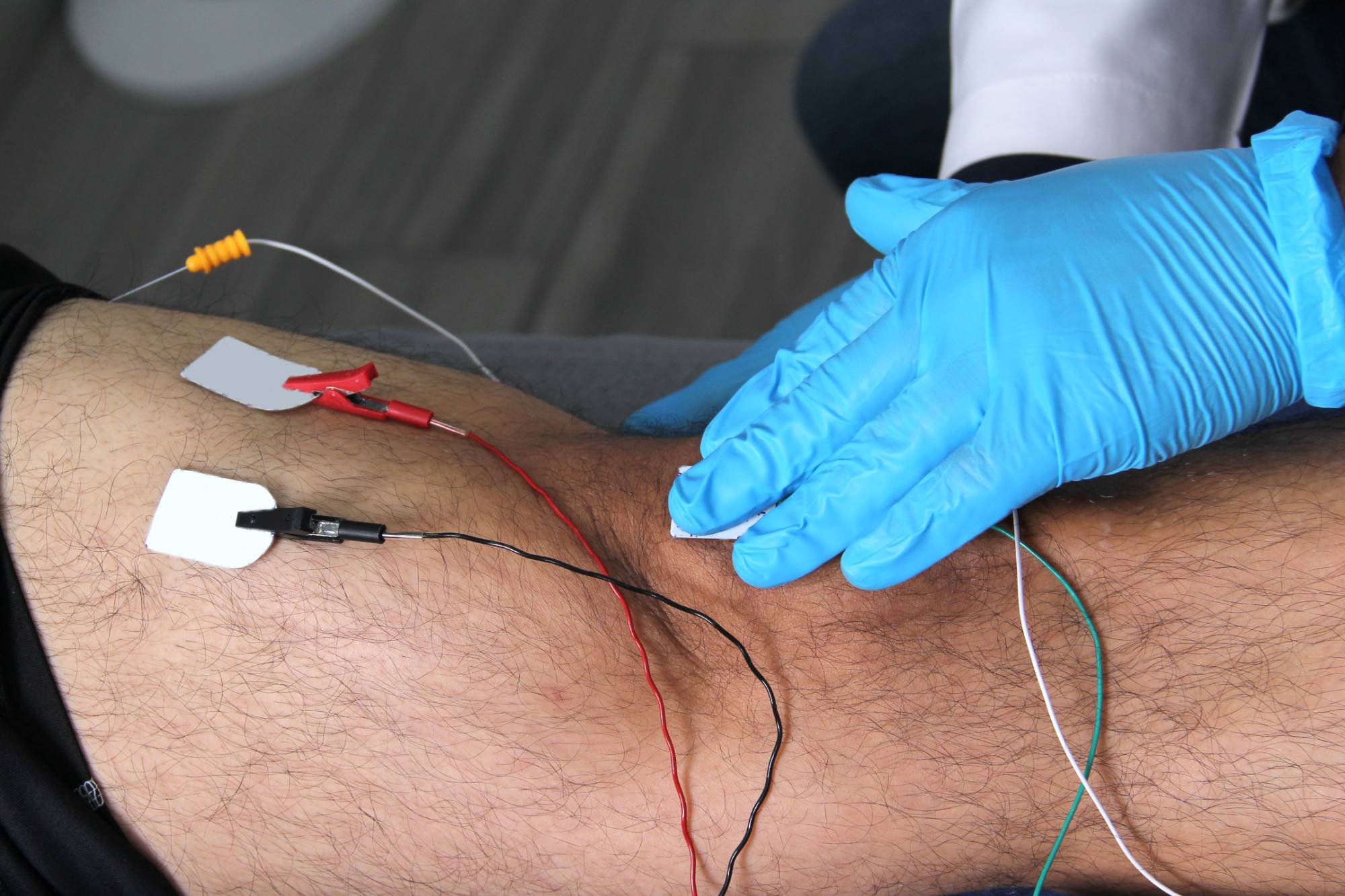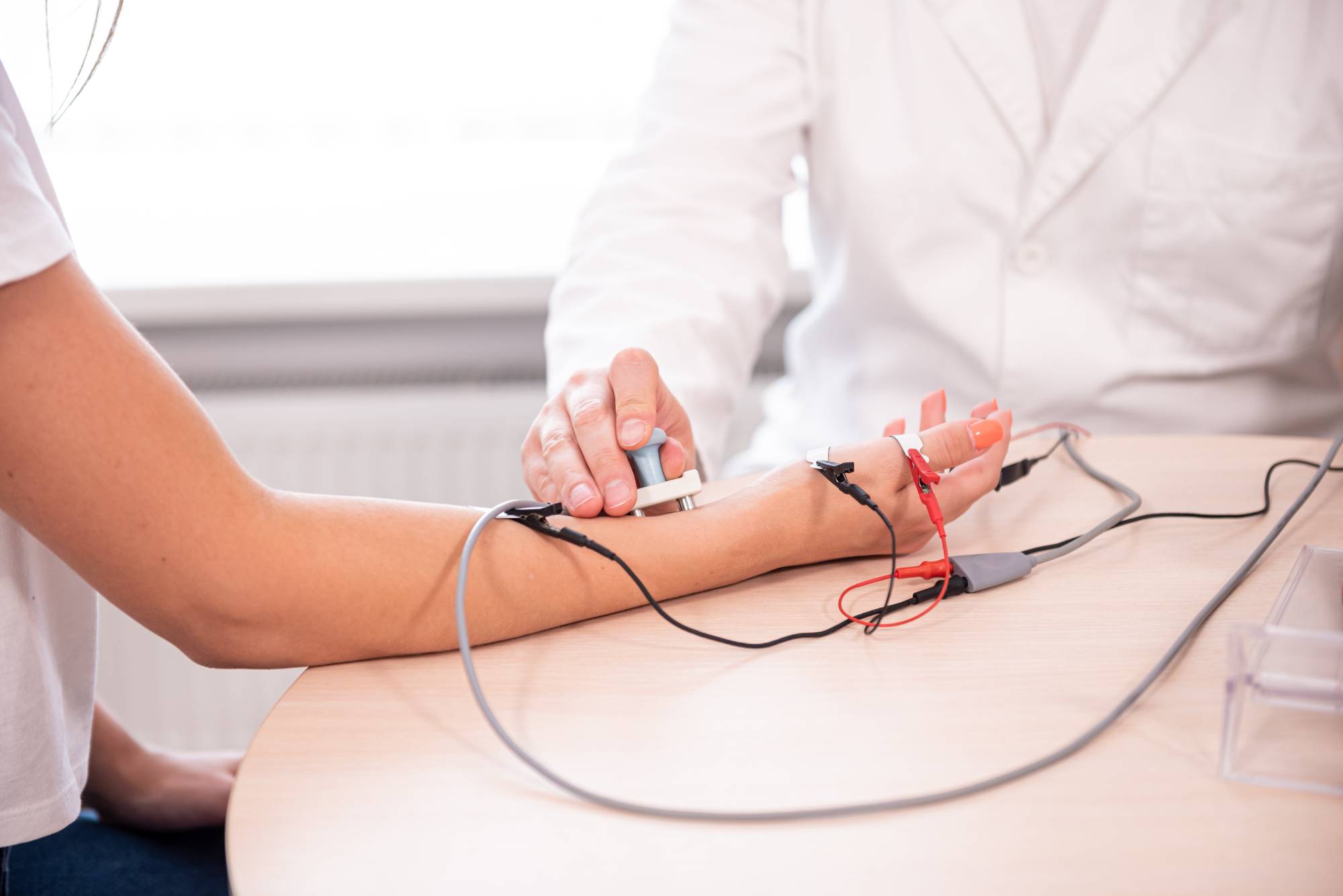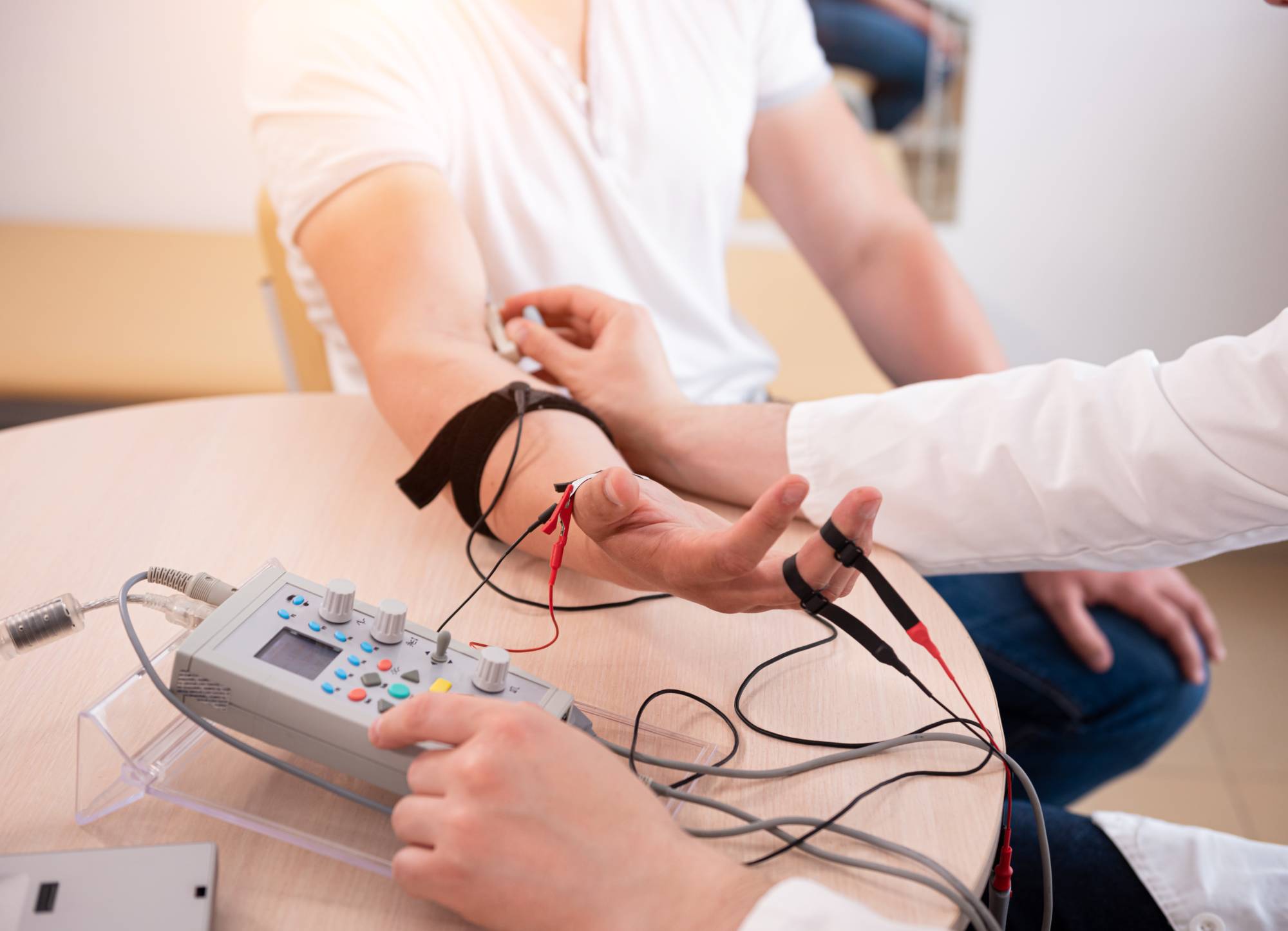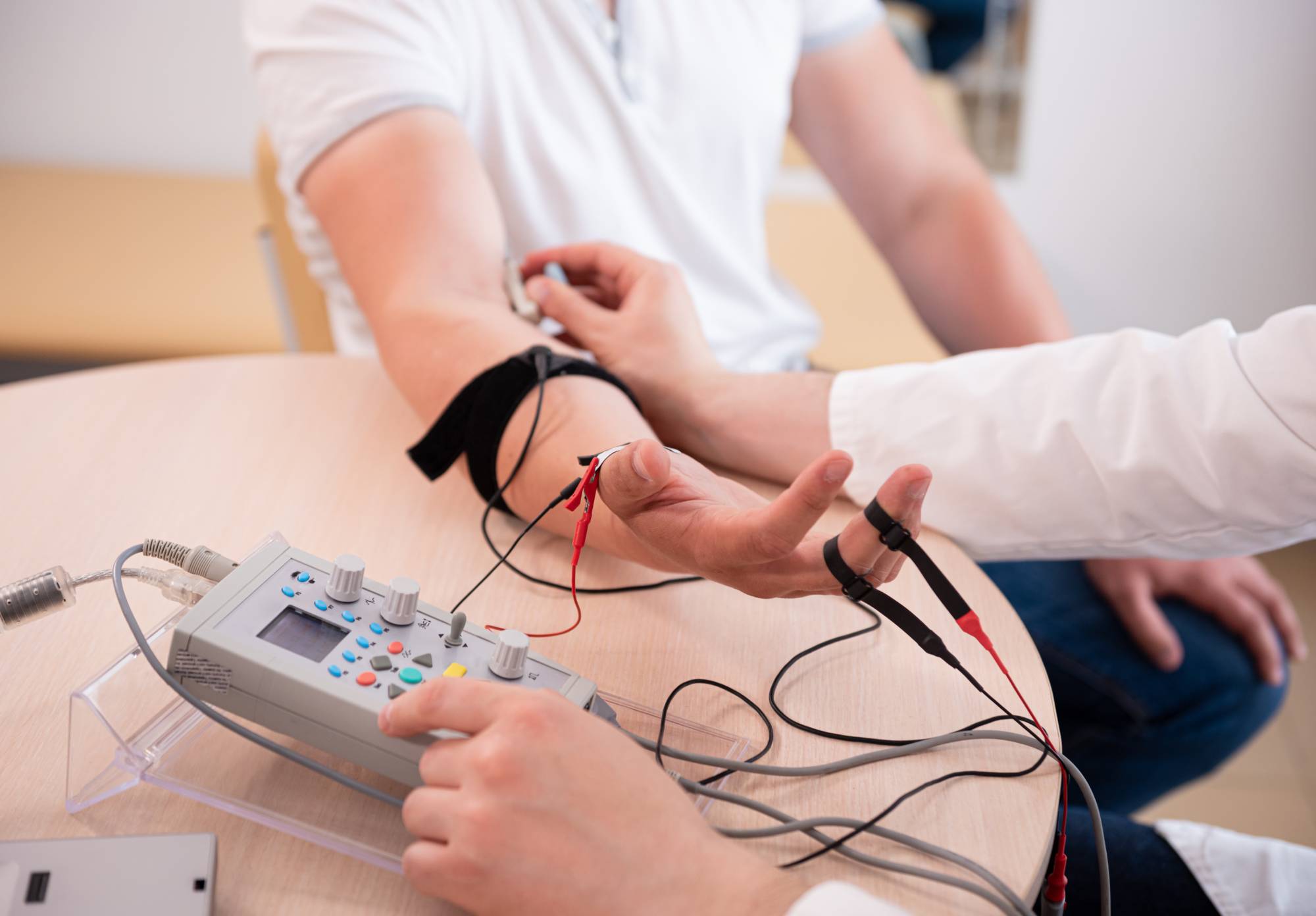Stop wondering what’s causing your symptoms. Professional EMG testing reveals exactly what’s happening with your nerves and muscles.

Reviews

You’ve been dealing with numbness, tingling, or muscle weakness long enough. EMG testing gives you the definitive answers you need to move forward with the right treatment.
No more guessing about whether that tingling in your hands is carpal tunnel or something else. No more wondering if your back pain is actually nerve damage. Electromyography testing measures exactly how your nerves and muscles are functioning.
When you know what’s really going on, you can stop wasting time on treatments that don’t work. You can avoid unnecessary procedures. Most importantly, you can start addressing the actual problem instead of just managing symptoms.
NY Spine Medicine has been providing diagnostic testing and spine care to South Florida patients for years. We understand that getting an EMG test can feel intimidating when you don’t know what to expect.
That’s why every patient receives a thorough explanation of the procedure and results. You’re not just getting a test – you’re getting clarity about your condition from specialists who have performed thousands of EMG and nerve conduction studies.
We serve Isle of Normandy and surrounding communities with the kind of expertise typically found only at major medical centers, but with the personal attention you deserve.

The EMG test has two parts: nerve conduction study and electromyography. Both are done in the same appointment, usually taking 30-60 minutes total.
First comes the nerve conduction study. Small electrodes are placed on your skin, and mild electrical pulses measure how fast signals travel through your nerves. You’ll feel brief tingling sensations, but nothing painful.
Next is the electromyography portion. A thin needle electrode is inserted into specific muscles to measure electrical activity. Yes, there’s some discomfort, but most patients tolerate it well. The needle insertion feels similar to getting blood drawn.
During the test, you might be asked to flex certain muscles or relax completely. We explain everything as it happens and can see your results in real-time. You’ll get a clear explanation of findings before you leave.

Ready to get started?
Your EMG testing includes both nerve conduction velocity studies and needle electromyography. This combination gives a complete picture of nerve and muscle function that single tests can’t provide.
You’ll receive detailed results interpretation, not just raw data. We explain what your specific findings mean for your condition and treatment options. Many patients leave with a clearer understanding of their symptoms than they’ve had in months or years.
The testing can diagnose conditions like carpal tunnel syndrome, pinched nerves, diabetic neuropathy, muscle disorders, and nerve damage from injuries. It also rules out serious conditions, which can be just as valuable as finding a specific diagnosis.

New York:
Florida:
Support